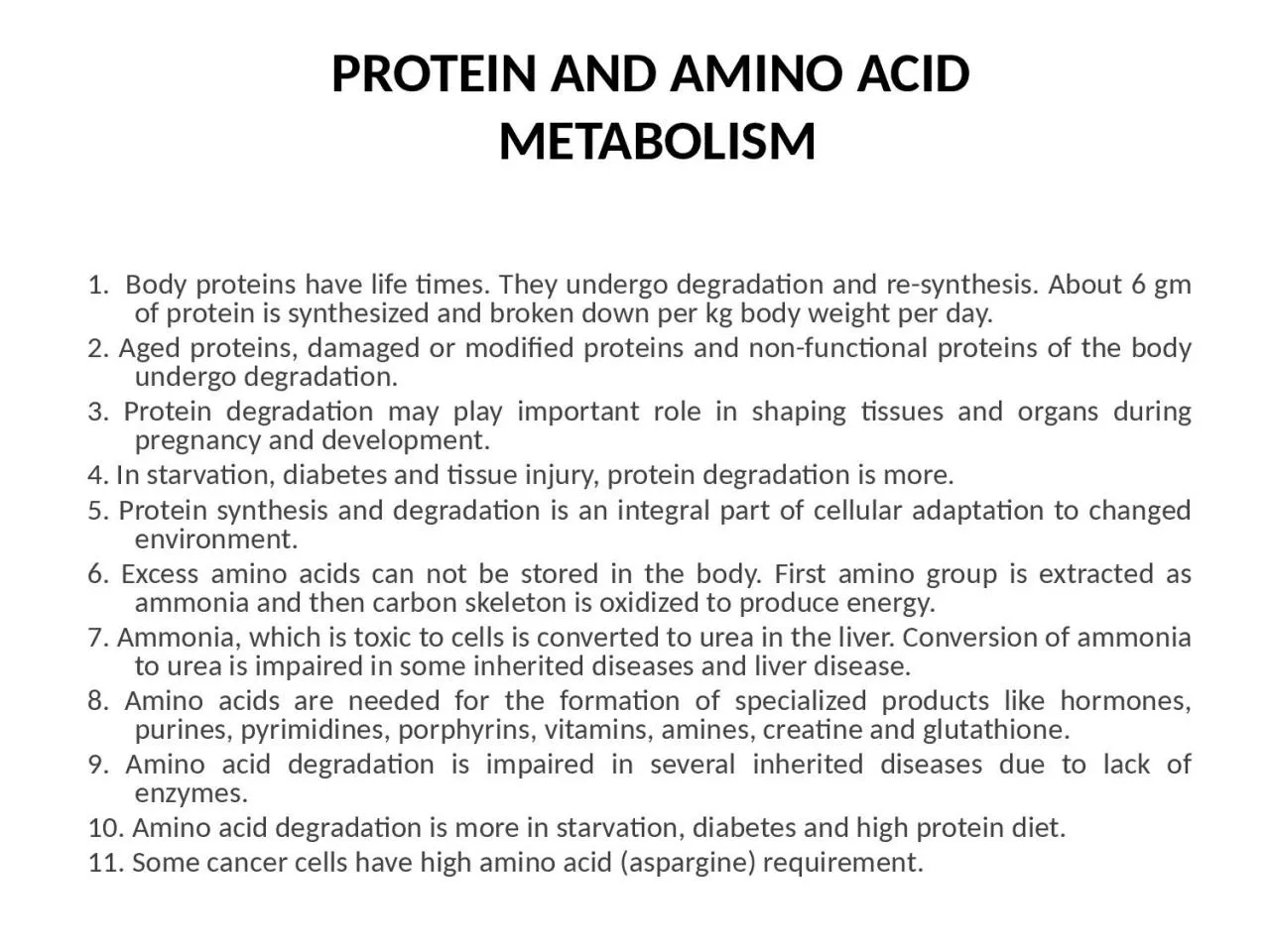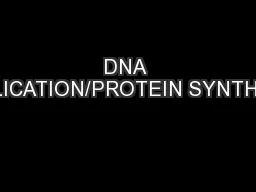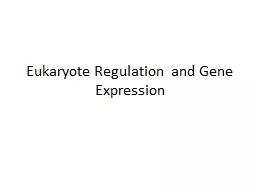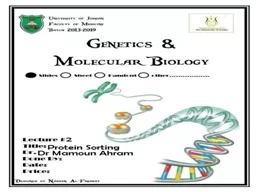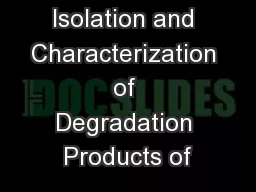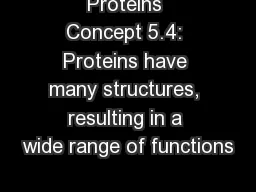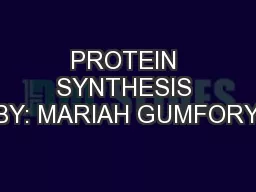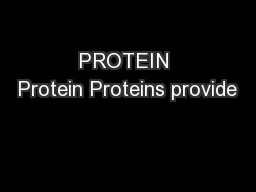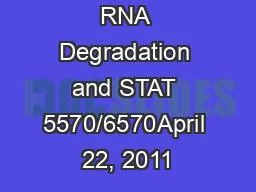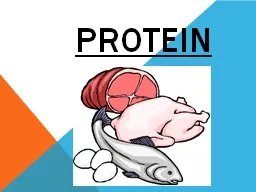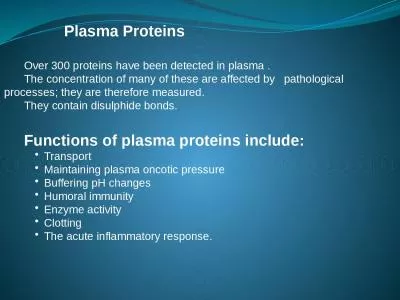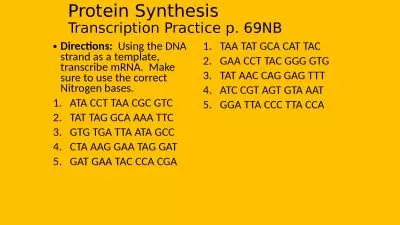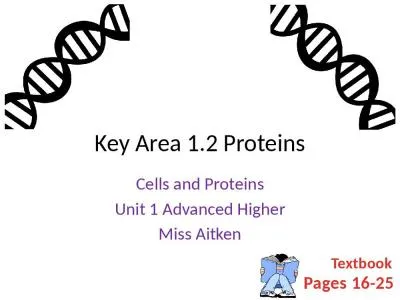PPT-1. Body proteins have life times. They undergo degradation and re-synthesis. About 6
Author : InLoveWithLife | Published Date : 2022-08-03
2 Aged proteins damaged or modified proteins and nonfunctional proteins of the body undergo degradation 3 Protein degradation may play important role in shaping
Presentation Embed Code
Download Presentation
Download Presentation The PPT/PDF document "1. Body proteins have life times. They ..." is the property of its rightful owner. Permission is granted to download and print the materials on this website for personal, non-commercial use only, and to display it on your personal computer provided you do not modify the materials and that you retain all copyright notices contained in the materials. By downloading content from our website, you accept the terms of this agreement.
1. Body proteins have life times. They undergo degradation and re-synthesis. About 6: Transcript
Download Rules Of Document
"1. Body proteins have life times. They undergo degradation and re-synthesis. About 6"The content belongs to its owner. You may download and print it for personal use, without modification, and keep all copyright notices. By downloading, you agree to these terms.
Related Documents

